India, after independence, in order to develop its economy at a faster rate and to achieve self-reliance, increased its investments on the industrial sector. However, Productivity was often clouded with the problems in Industrial Relations mainly due to the fact of illiterate and uneducated work force. Thus, the Government began to seriously plan Workers’ Education during the later half of the 1950s and established the Central Board for Workers’ Education in 1958. the Central Board for Workers’ Education has designed several programmes, all aimed at developing an educated work force. One of the important programme of the Central Board for Workers’ Education is training of workers by their colleagues who are trained as Worker teachers. The trade unions will arrange to organize the programmes for which the grants-in-aid will be provided by the Central Board for Workers’ Education, while concerned managements are supposed to provide facilities. The book comprehensively deals with the aspects of Workers’ Education in Public and Private sectors by presenting a data pertaining to the study. This work is considered to be very useful for research scholars, students and faculty in Management, Adult Education, Sociology, Social Work and Human Resource Management. The book is a good resource book for worker educators, trade unionists and management experts.
Perceptions of Community
$45.90
$51.00

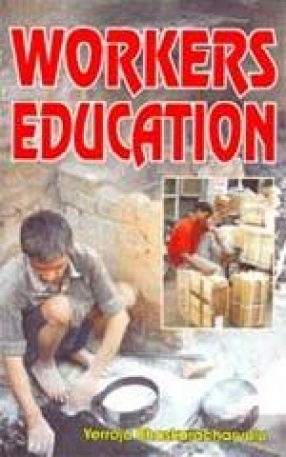
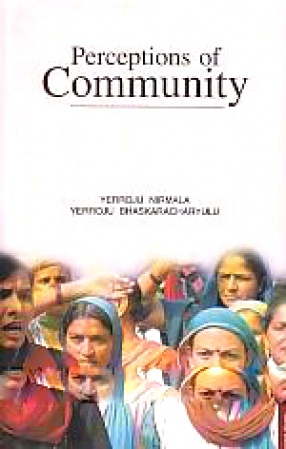
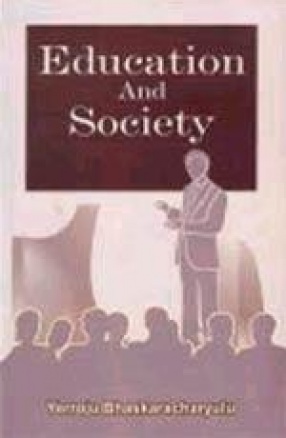
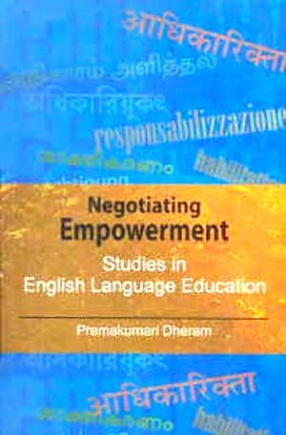
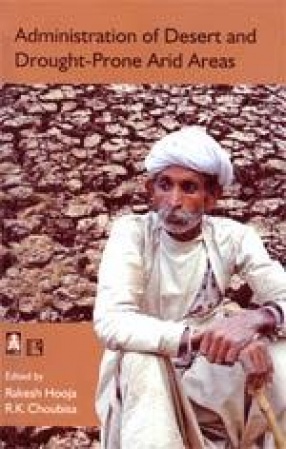
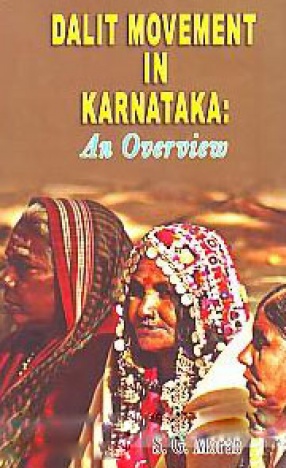
There are no reviews yet.